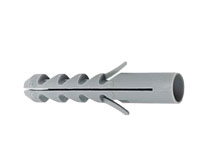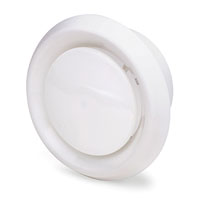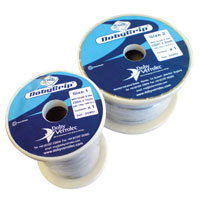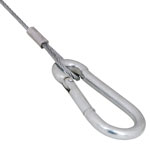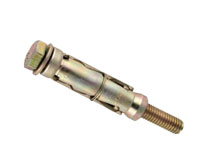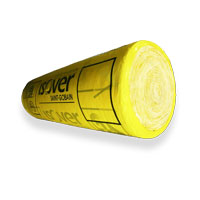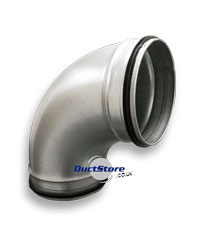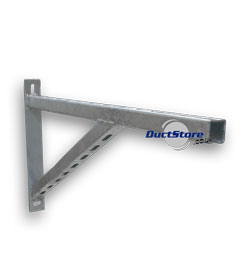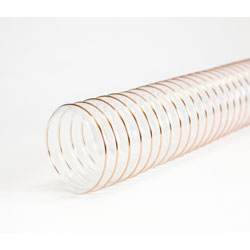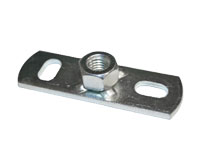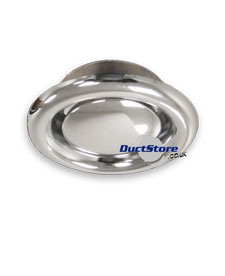Please note we are currently unable to dispatch to Northern Ireland due to high carriage costs.Please note that we no longer accept Paypal payments.
How to Calculate Square to Round Sizes in DuctworkLet's assume you already know the size of the round end of the square to round you require; you need to know what the equivalent square end size would be. This is very simple to calculate and just requires some basic maths. |
Basic TermsYou can skip this bit if you are clear on terms such as 'radius' and 'Pi'. 'Circumference' is the outer perimeter of a circle; the distance around the outside. It's a continuous length. 'Diameter' refers to the length of a line from one side of the perimeter to the other when drawn through the centre point. Spiral tube is always listed according to diameter. 'Radius' is the distance from the centre point of the circle to any point on the outer perimeter. This of course is always half the length of the diameter. Pi Pi is often denoted by the Greek letter Π (that's how it usually appears on a calculator keyboard) and in maths simply means the number 3.141592654. If you take any circle and divide the length of its circumference by its diameter you always arrive at 3.141592654. The number actually goes much further than 9 decimal places (no one has established how far yet) but it's often cited to 9 places. For the purposes of calculating surface areas for ductwork it's sufficient to use just 3 decimal places, so if your calculator doesn't have a Pi button, or you can't find it, you can use 3.142 instead. |
How to CalculateTaking 300mm diameter circular duct as an example, you need to ascertain the surface area of a 300mm diameter circle. The surface area of a circle is calculated by multiplying the radius by itself and then by Pi. Radius = half diameter. So: 150x150 22500mm² x 3.142 70695mm² The square root of this will give us our square end size (√ on the calculator) - 266x266mm. It's important to understand that a transition will increase air turbulence and therefore will increase something known as 'friction loss'. This is the loss in air pressure caused by the air contacting with the duct wall. For this reason it's a good idea to round up to the next 25mm or 50mm increment. So for a 300mm dia square to round, the equivalent size would be 275x275mm. |
Round to Rectangular DuctThe calculation above is only any use if we are transitioning to a square end. If we want a rectangular i.e. oblong end we just change the maths slightly. Perhaps we already know that we want one dimension of our rectangular end to be 190mm because we have to fit it through a 200m wide gap. It's very similar: Radius = half diameter. So: 150x150 22500mm² x 3.142 70695mm² Now, rather than finding the square root, we simply divide the figure we arrived at above by the dimension we already know, which was 190mm: 70695/190 372mm This should then be rounded up to at least 400mm to allow for friction loss, perhaps even 450mm as a square to round that converts from 300mm dia to 190mm is quite an abrupt change. The longer the square to round is from end to end the less we need to increase the size, and vice versa. |
I already know the square end size; it's the round end I wantThe calculation is the same, just in reverse. Start by multipling together the two dimensions of the rectangular end (square or oblong - it's the same). For example we have a 500x250mm oblong end: 500x250 125000mm² Divide this by 3.142 (Pi) 39784mm² Calculate the square root of this figure (√ on the calculator): 199.5 and multiply by 2 398.9 So a 400mm dia round end. |

